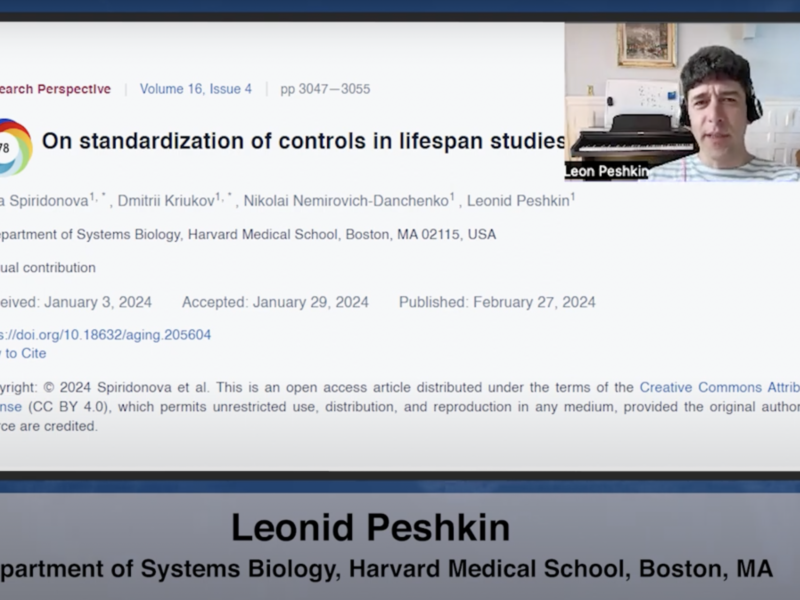Dr. Leonid Peshkin from the Department of Systems Biology at Harvard Medical School details a research perspective he co-authored that was published by Aging (Aging-US) in Volume 16, Issue 4, entitled, “On standardization of controls in lifespan studies.”
Aging (Aging-US) Authors
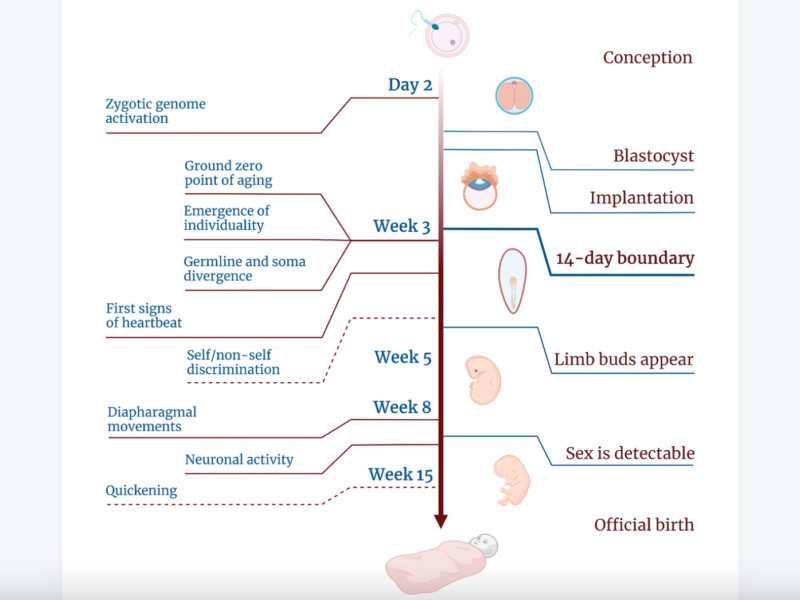
PRESS RELEASE: On May 6, 2024, a new review was published by Aging, entitled, “The beginning of becoming a human.”
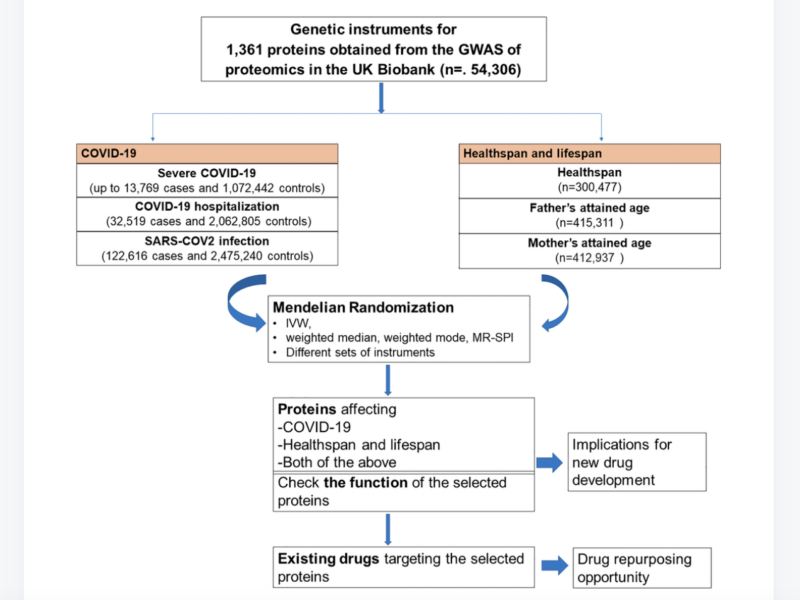
PRESS RELEASE: A new research paper was published in Aging’s Volume 16, Issue 7, entitled, “Using genetics and proteomics data to identify proteins causally related to COVID-19, healthspan and lifespan: a Mendelian randomization study.”
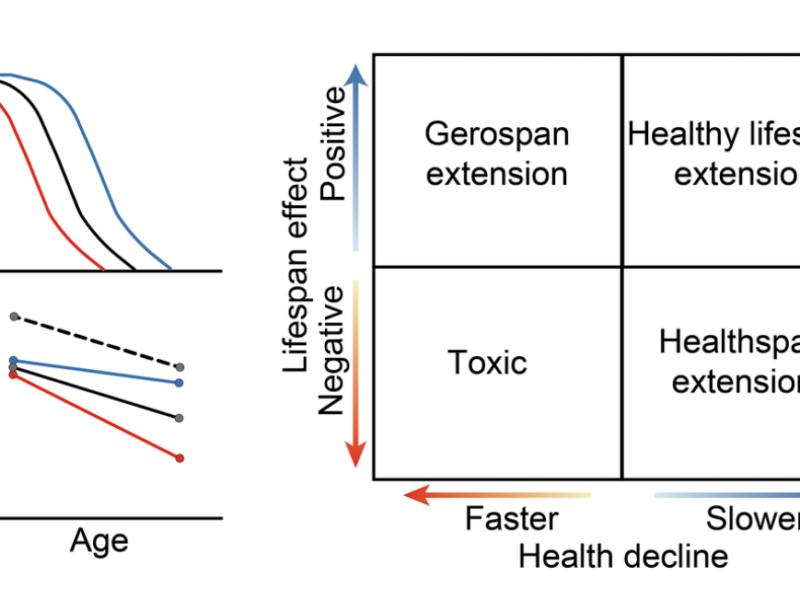
PRESS RELEASE: A new research paper was published in Aging’s Volume 16, Issue 7, entitled, “The coupling between healthspan and lifespan in Caenorhabditis depends on complex interactions between compound intervention and genetic background.”
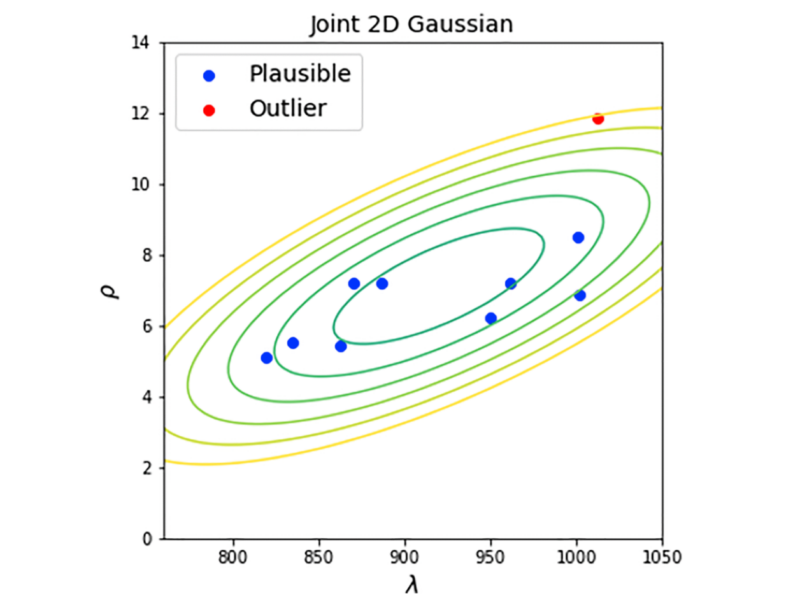
PRESS RELEASE: A new research perspective was published in Aging’s Volume 16, Issue 4, entitled, “On standardization of controls in lifespan studies.”
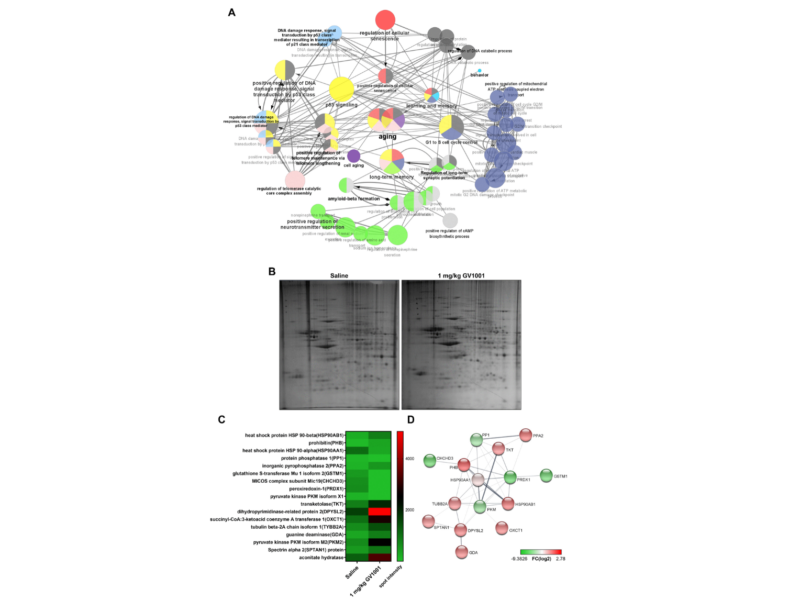
PRESS RELEASE: A new research paper was published on the cover of Aging’s Volume 16, Issue 3, entitled, “GV1001 reduces neurodegeneration and prolongs lifespan in 3xTg-AD mouse model through anti-aging effects.”
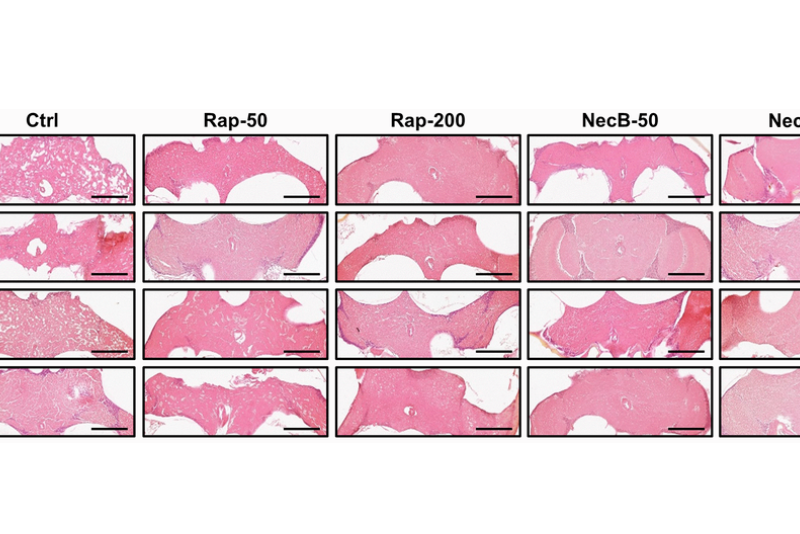
Nectandrin B for Longevity: Nectandrin B (in Nutmeg) Significantly Increases Lifespan of Fruit Flies
PRESS RELEASE: A new research paper was published in Aging’s Volume 15, Issue 22, entitled, “Nectandrin B significantly increases the lifespan of Drosophila – Nectandrin B for longevity.”
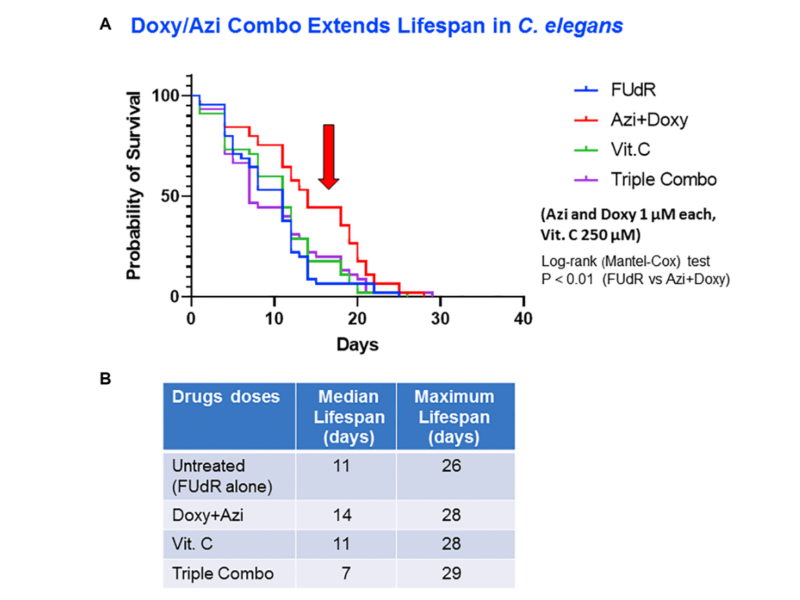
PRESS RELEASE: A new research paper was published in Aging’s Volume 15, Issue 21, entitled, “Antibiotics that target mitochondria extend lifespan in C. elegans.”
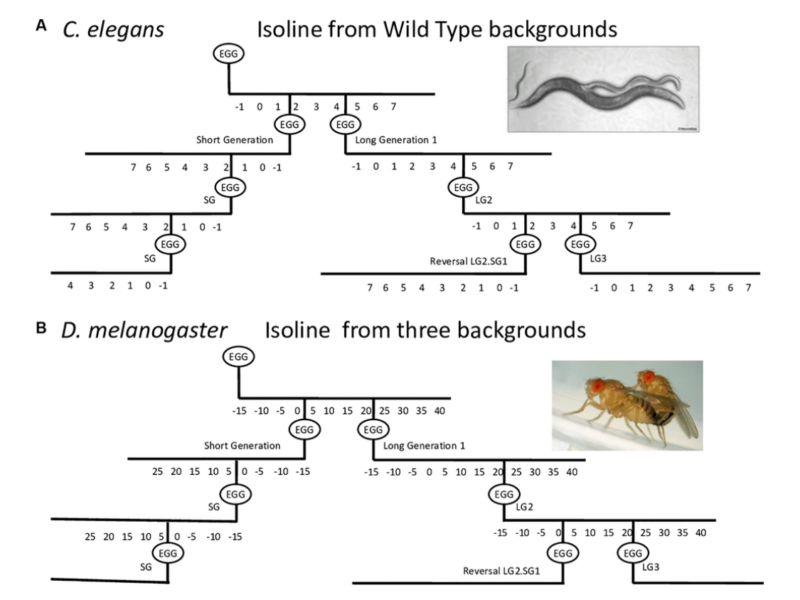
PRESS RELEASE: A new research paper was published in Aging’s Volume 15, Issue 21, entitled, “Parental age effect on the longevity and healthspan in Drosophila melanogaster and Caenorhabditis elegans.”
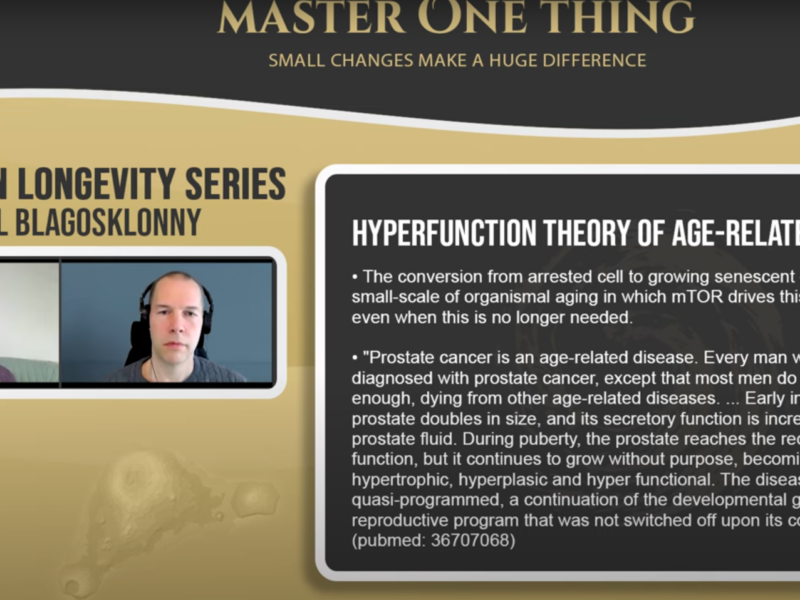
Dr. Mikhail Blagosklonny joins “Master One Thing” host Krister Kauppi to discuss the impact of his rapamycin research and hyperfunciton theory of aging.
